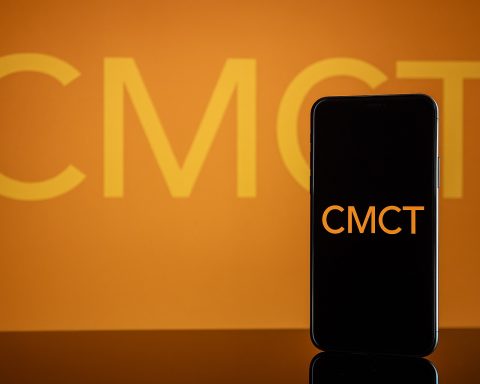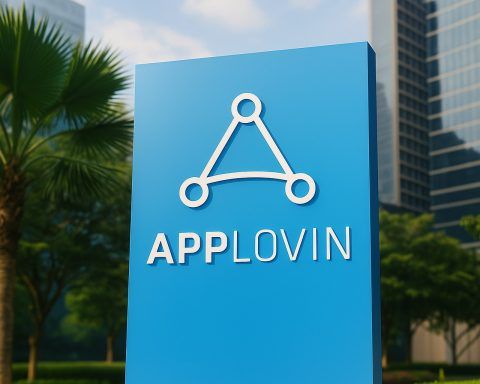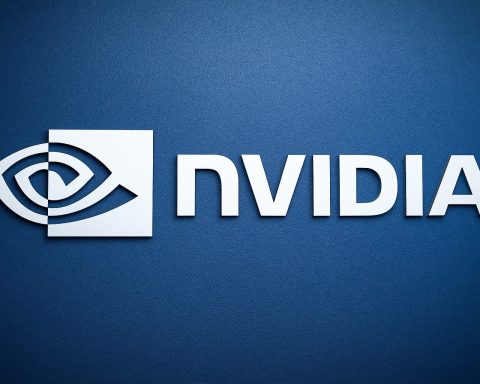Published: November 12, 2025
Key takeaways
- UK passes a first‑of‑its‑kind measure letting designated researchers legally test AI models for risks related to creating child abuse imagery—responding to a sharp rise in AI‑generated CSAM reports. [1]
- Google debuts “Private AI Compute,” a privacy‑preserving cloud approach that powers advanced Gemini features while keeping user data “private to you,” landing first on Pixel. [2]
- OpenAI sets up shop in India, leasing a 50‑seater office in New Delhi as it expands in one of its fastest‑growing markets. [3]
- Foxconn strikes a bullish AI tone and teases an OpenAI‑related announcement for next week, after reporting a 17% jump in Q3 profit on AI server demand. [4]
- Legal‑tech startups pull in $750M+ in recent weeks as AI law tools gain traction with in‑house teams and law firms. [5]
- Research watch: Meta’s new SPICE framework aims at self‑learning LLMs (no human supervision) and reports ~10% reasoning gains. [6]
- Macro & policy signals: The Fed’s Michael Barr calls for AI “guardrails” as finance leans into generative tools; Virginia’s state AI registry faces transparency gaps. [7]
- Adjacent tech: IBM’s “Loon” chip outlines a path to useful quantum computing by 2029, potentially accelerating AI research long‑term. [8]
UK gives green light to pre‑emptive AI safety testing
The UK government today announced legislation empowering designated AI developers and child‑protection bodies to probe models for their ability to generate illegal child sexual abuse material (CSAM)—a step intended to stop such content before it spreads online. The move comes as the Internet Watch Foundation reported AI‑CSAM cases more than doubled (199 in 2024 to 426 in 2025). The new rules also allow testing models for protections against extreme pornography and non‑consensual intimate imagery. [9]
Coverage in The Guardian notes the measure amends crime and policing law to allow authorized testing of chatbots and image generators, addressing the previous bind where even safety teams risked breaking the law if they generated contraband to test filters. [10]
Why it matters: As model capabilities expand, regulators are shifting from after‑the‑fact takedowns to pre‑emptive resilience testing—a template other jurisdictions may emulate. [11]
Google’s “Private AI Compute” marries cloud power with on‑device privacy
Google introduced Private AI Compute, a security architecture designed to run powerful Gemini models in the cloud while keeping user data private to the user. The company positions it as the next step beyond Android’s on‑device Private Compute Core—now extending similar privacy guarantees to cloud‑scale AI features. Initial rollouts attach to Pixel experiences. [12]
What it enables, starting now:
- AI‑powered notification summaries and scam detection features expanding across regions; Google’s November Pixel update underscores how AI features are being packaged for day‑to‑day use. [13]
Why it matters: Apple’s Private Cloud Compute set a high bar for privacy‑preserving AI. Google’s answer signals a convergence on “confidential AI”—letting vendors ship richer features without harvesting personal data. Expect rapid adoption across phones and, soon, enterprise workflows. [14]
OpenAI opens first India office in New Delhi
OpenAI has leased a 50‑seater office in Delhi via premium flex‑space provider CorporatEdge, according to multiple Indian business outlets. The move formalizes OpenAI’s footprint in a key growth market after signaling India expansion this year. (OpenAI didn’t immediately comment in local reports.) [15]
Why it matters: India is one of the world’s largest bases of AI users and developers. A physical presence typically precedes go‑to‑market, hiring, and policy engagement—and often deeper partnerships with local telcos, OEMs and public sector bodies. [16]
Foxconn: AI server boom “just beginning,” OpenAI news teased
Foxconn posted a 17% YoY profit rise in Q3 to T$57.67 billion (~$1.89B) and said AI servers again outpaced its smartphone segment. Chairman Young Liu called 2026 a major AI growth year and teased an OpenAI‑related announcement at next week’s tech day in Taipei. [17]
A separate report highlighted expectations of surging AI‑server shipments industry‑wide into 2026, as Foxconn scales manufacturing across the U.S., Taiwan, Mexico and Japan to meet hyperscaler demand. [18]
Why it matters: Foxconn sits at the heart of the AI data‑center supply chain alongside Nvidia. Any OpenAI partnership signal could ripple through rack designs, component sourcing and build‑out timelines. [19]
Deal flow: $750M+ pours into legal‑AI
The legal‑tech sector is riding a fresh funding wave topping $750 million in recent weeks. New rounds span GC AI ($60M at a $555M valuation) and a raft of startups building drafting, research and contract‑review co‑pilots for in‑house teams and firms. The momentum follows blockbuster deals (e.g., Clio’s $500M raise and acquisition activity) as buyers prioritize measurable productivity gains. [20]
Why it matters: Legal departments are high‑trust, high‑cost workflows where retrieval‑augmented and policy‑aware assistants can quickly justify budgets—making legal one of the clearest near‑term enterprise AI winners. [21]
Research & models: Meta’s SPICE pushes self‑learning LLMs
Meta and academic collaborators unveiled SPICE (Self‑Play in Corpus Environments), a reinforcement learning framework where a single model plays Challenger vs. Reasoner roles, learning from real‑world documents instead of synthetic prompts. Early results show ~10% gains on math and general reasoning benchmarks. [22]
Why it matters: If SPICE‑style self‑play holds up, vendors could cut expensive human supervision and still improve reasoning—especially for complex, document‑grounded tasks. [23]
Macro & policy: Guardrails urged as AI permeates finance
Speaking at the Singapore FinTech Festival today, Federal Reserve Vice Chair for Supervision Michael Barr said AI could either incrementally augment tasks or reshape economies—and urged balanced guardrails to protect stability while enabling productivity gains. The message: move fast, but manage risk. [24]
At the U.S. state level, a new review found Virginia’s AI registry—intended to track government AI deployments—has transparency and coordination gaps, with agencies citing inconsistent guidance and uneven reporting. The registry is being reworked to centralize expertise. [25]
Adjacent but telling: IBM sketches the next AI hardware frontier
IBM says its experimental “Loon” quantum chip and updated error‑correction approach point to useful quantum computers by 2029, potentially unlocking new classes of AI simulation and optimization. It’s early days, but the roadmap suggests quantum could complement classical accelerators in the next wave of AI research. [26]
The big picture
Today’s headlines underscore a familiar pattern in 2025’s AI cycle:
- Regulators are shifting from reactive takedowns to proactive stress‑testing of models. [27]
- Platforms are racing to deliver cloud‑scale AI with on‑device privacy guarantees, a prerequisite for consumer and enterprise trust. [28]
- Builders (OpenAI, Foxconn’s customers, and a swarm of legal‑AI startups) are planting physical and financial stakes for the next phase of deployment. [29]
Beneath the product drops and funding bursts, the real story is infrastructure + trust: who can scale compute responsibly, and who can prove their models are safe enough for society’s most sensitive contexts.
References
1. www.gov.uk, 2. blog.google, 3. m.economictimes.com, 4. www.reuters.com, 5. www.reuters.com, 6. www.infoworld.com, 7. www.bloomberg.com, 8. www.reuters.com, 9. www.gov.uk, 10. www.theguardian.com, 11. www.gov.uk, 12. blog.google, 13. blog.google, 14. blog.google, 15. m.economictimes.com, 16. www.reuters.com, 17. www.reuters.com, 18. www.ft.com, 19. www.reuters.com, 20. www.reuters.com, 21. www.reuters.com, 22. www.infoworld.com, 23. www.infoworld.com, 24. www.bloomberg.com, 25. virginiamercury.com, 26. www.reuters.com, 27. www.gov.uk, 28. blog.google, 29. m.economictimes.com















